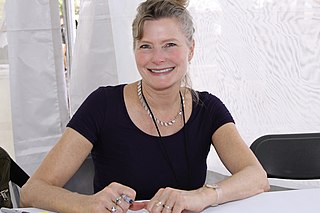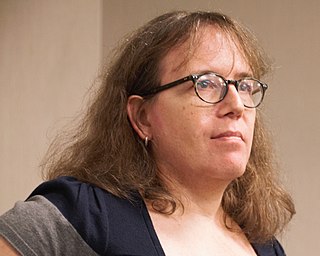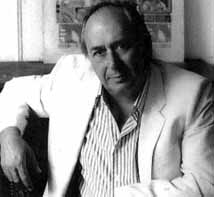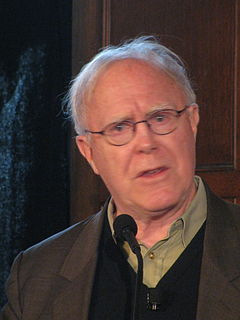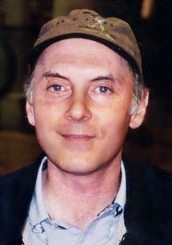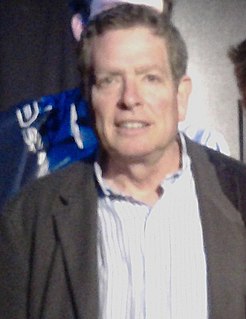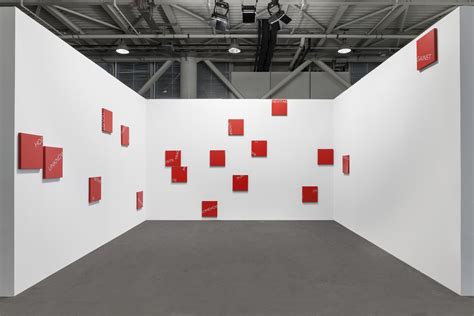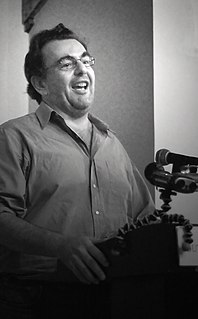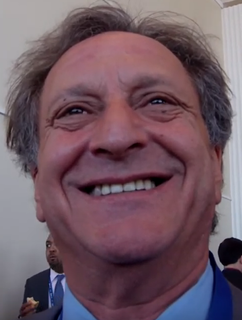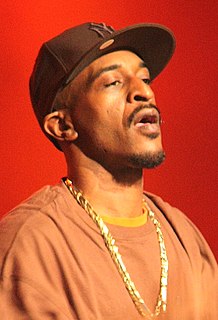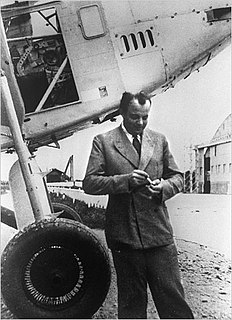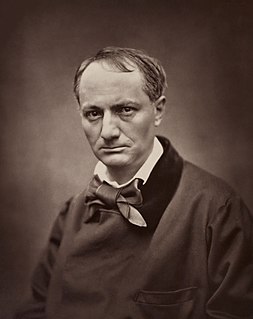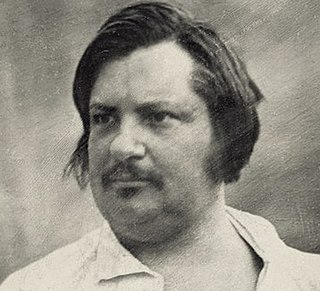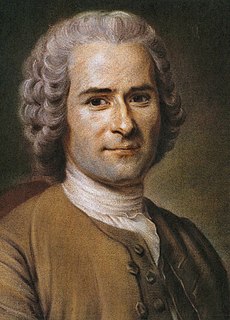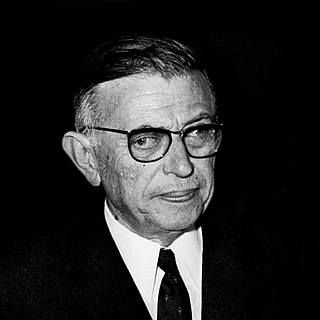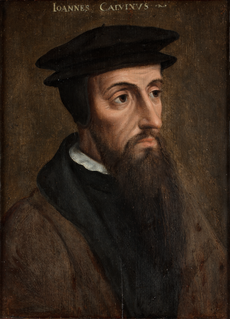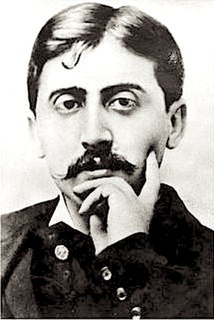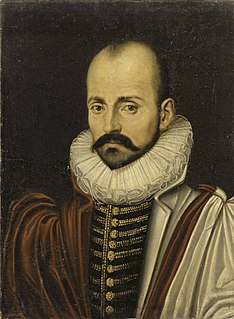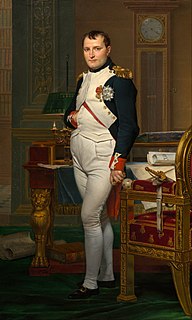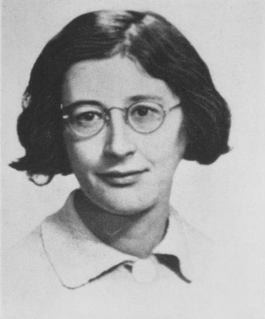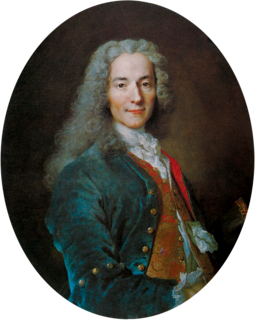A Quote by Camille Henrot
In a way, the political cartoon drawings are things that are small and have humor and a childhood aesthetic and are often stronger to spread an opinion.
Related Quotes
Evidence that [feminine aesthetic preferences and ways of expressing oneself] may be hardwired comes from the fact that they typically appear early in childhood and often in contradiction to one's socialization. […] This indicates that some aspects of feminine verbal and aesthetic expression precede and/or supersede gender socialization.
I suspect that many of the great cultural shifts that prepare the way for political change are largely aesthetic. A Buick radiator grille is as much a political statement as a Rolls Royce radiator grille, one enshrining a machine aesthetic driven by a populist optimism, the other enshrining a hierarchical and exclusive social order.
I'm not sure about that role any longer. The role used to be to mix things up and I think to a great extent it still is, but the quality of the work of the political cartoon has been succeeded by the wisecrack, the gag cartoon, so that the cartoonist becomes more of the equivalent of the Jay Leno monologues, or David Letterman monologues.

